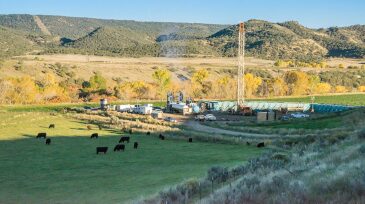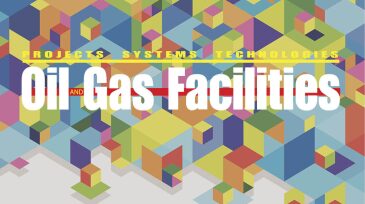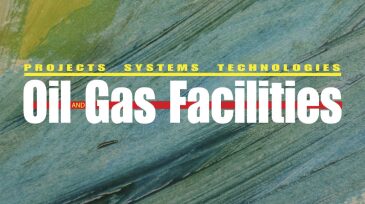public perception
-
The perception of the petroleum industry is not currently a good one. So, if that sentiment can be measured, can it be improved? The SPE Sustainable Development Technical Section believes it can by SPE members thinking like activists yet acting like engineers. Data collection and analysis are key to determining what really matters.
-
The biennial SPE Offshore Europe conference will explore a diverse set of topics, including the application of digital technologies and preparing for a low-carbon energy future and ongoing work around standardization and decommissioning.
-
Researchers at Indiana University's School of Public and Environmental Affairs found that public opinion of oil and gas development could be improved if firms were "green certified," meaning that they pledged to adhere to stricter environmental standards than required.
-
When worldwide oil and gas consumption reached record levels yet again in 2017, SPE members were there when it counted, helping to generate more light and power for billions of people across the world.
-
The effectiveness of delivering information about a new energy project to community stakeholders varies based on the method used; how a message is framed can affect individual opinions.
-
The SPE technical director of Production and Facilities discusses the role process and occupational safety play in oil and gas operations.
-
The oil and gas industry must learn to engage with local citizens better if it is to build upon its social license to operate. A joint PFC/HSE luncheon during ATCE addressed this topic.
-
Public perception is one of the most important variables in determining the success of oil and gas operations, and companies must do more to help shape this perception.
-
Adapting to the New Normal in Oil and Gas Construction: How the Market Will Endure Growing PressuresIn February, President Obama vetoed legislation that would approve the construction of TransCanada’s Keystone XL Pipeline. The 7-year regulatory saga is emblematic of the regulatory and public relations burdens on US energy projects. With the rejection of the bill, the burden will grow.
-
SPE Distinguished Lecturer Joseph Frantz, Jr. says stakeholder opinions will shape the future of hydraulic fracturing.










